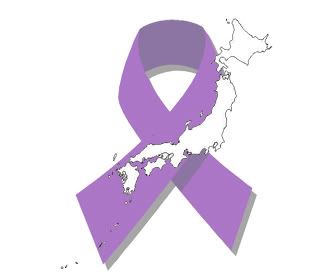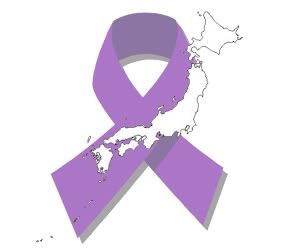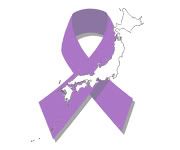As the world copes with the events that lead to massive devastation in and around northern Japan, help is never an option, it’s a necessity. Times like these we look to the help of others. Kindness isn’t a word that should be used lightly.
For the hundreds of thousands of Japanese who are either hurt, homeless, or worse, the compassion of people is crucial.
Donating isn’t a chore, it isn’t a good deed, it is essential in the survival of a nation who has done much to help all of us live our lives better. Take a look around your modern family home. What do you see?
Your TV? …more than likely Japanese. Your cell phone, your microwave, or even your video game system are all more than likely Japanese.
Japan has always been a part of our culture. Many great things that we take for granted are Japanese. The next time you sing in a karaoke bar, eat sushi, watch Anime or read a Manga, all these things are rooted in Japan.
Our collective pop culture is mostly Japanese and we can do more to insure survival for them by giving what little you can.
If you are willing to pay 30 bucks for a Blu Ray or 60 bucks for a PS3 game, giving as little as 10 shouldn’t be anything. It will go a long way. This isn’t a free hand out, this is a chance for Japan to get back on the road to recovery. Taking time to thank the culture that gave us the 60’s hit song Sukiyaki, animated gold like Astroboy, Gigantor, Speed Racer, Battle of the Planets.
Toys like Shogun Warriors and what would become the Transformers and Gobots along with millions of others.
The world of sound with Walkman and cds. Years of our lives staying up playing Nintendo, Sega and Atari.
I can’t think of a time without Japan in it.
For everyone who supports, please proudly display this banner on your blog or website.



Make it your profile image. Let the world know that we help and that we care!























